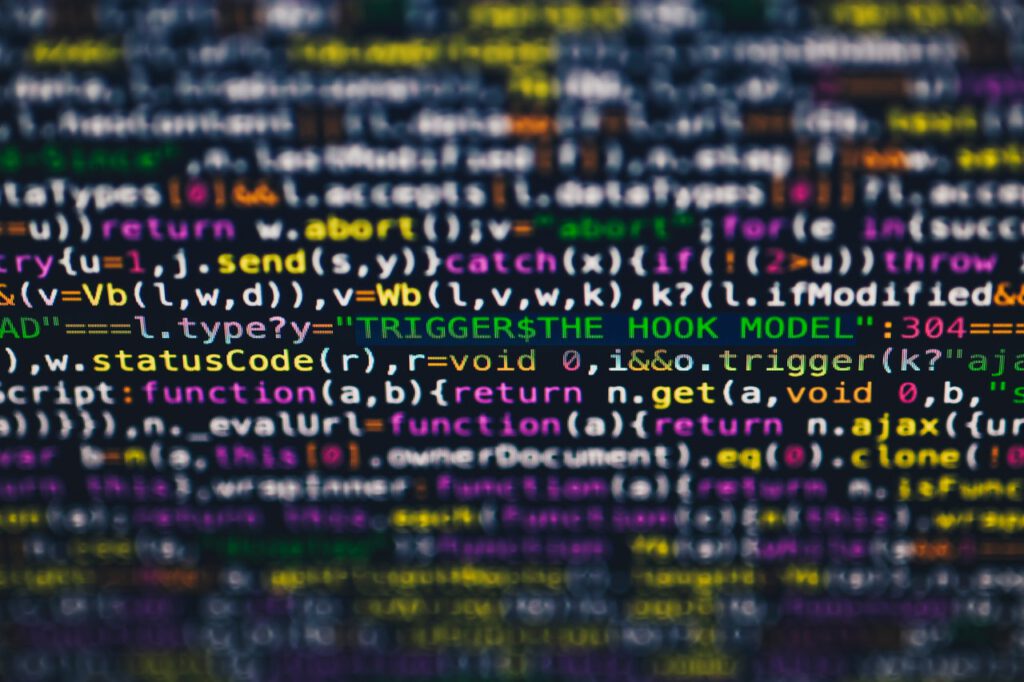As AI software becomes more prevalent in our lives, the need for robust testing increases. But what does that process look like? In this article, we explore the various processes involved with AI testing software and how it works to ensure quality products.
First, it’s important to understand the different types of AI software. There are three main types: rule-based, decision tree-based, and neural network-based. Each type has its strengths and weaknesses, so it’s important to choose the right AI software for the job at hand.
Rule-based
Rule-based AI software is based on a set of pre-determined rules. These rules are typically written by humans and then encoded into the software. This type of AI software is good for tasks that are well-defined and don’t require much learning from data.
Decision-tree-based
Decision tree-based AI software uses a decision tree to make predictions. A decision tree is a flowchart-like structure that breaks down a decision into a series of smaller decisions. This kind of AI software is ideal for tasks not particularly well defined and so have to rely on data to learn from it.
Neutral-network-based
Neural network-based AI software uses a neural network to make predictions. A neural network is a mathematical model that simulates the workings of the brain. This variety of AI software is perfect for tasks that are not that well defined and so will need to learn from data.
Once the right AI software has been chosen, the next step is to gather data. This data will be used to train the AI software so that it can make accurate predictions. There are two main types of data: training data and test data.
Training data
Training data is a set of data that is used to train the AI software. This data is typically labeled so that the AI software knows what the correct output should be.
Test data
Test data is a set of data that is used to test the AI software. This data is not labeled and is used to see how well the AI software can generalize from the training data.
After the data has been gathered, it’s time to train the AI software. This is done by using a training algorithm. The most common training algorithms are gradient descent and stochastic gradient descent.
Gradient descent
Gradient descent is an optimization algorithm that is used to find the values of the weights in the AI software that minimize the error.
Stochastic gradient descent
Stochastic gradient descent is a variation of gradient descent that is used when the training data is too large to fit in memory. In this case, the AI software is trained on a small subset of the training data at a time.
Once the AI software has been trained, it’s time to test it. This is done by using a test set. The test set is a set of data that is used to evaluate the AI software. It is important to use a separate test set from the training set so that you can get an accurate estimate of how well the AI software performs on new data.
If the AI software performs well on the test set, then it is ready to be deployed. If not, then it is back to the drawing board. AI software is a powerful tool, but it is important to remember that it is only as good as the data that it is given. To create quality AI products, it is important to have a robust testing process in place.
Hopefully, the above will give you some idea as to what is involved in terms of the process AI software testing software will use. Such software can be sourced online for businesses to take advantage of in terms of increasing efficiency and saving money.
Infographic created by TeamSupport, Offering Ticket Management Software for B2B Customer Support
 by Carl Bunton 3 years ago
by Carl Bunton 3 years ago 